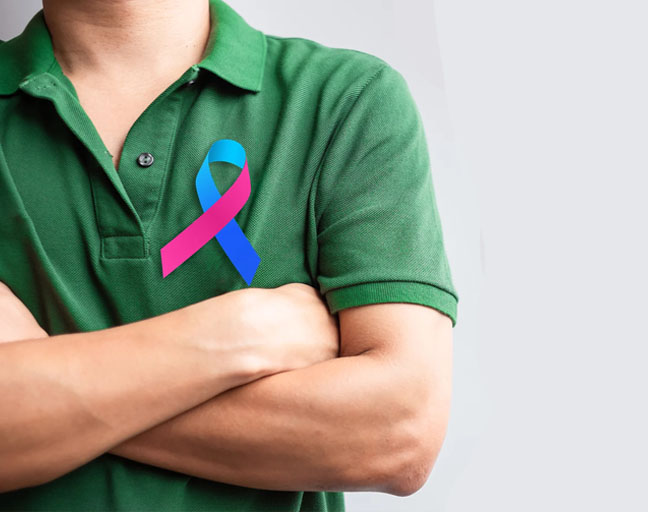Most guys think breast cancer is strictly a women-only thing—after all, they don’t have the same kind of breasts. But here’s the kicker: men also have a small amount of breast tissue, and while it doesn’t develop like women’s, it’s still there. Breast cancer in men is rare but not impossible. That’s why it’s super important to know what to watch out for so you can act quickly if something seems off.
Common Signs of Breast Cancer in Men
The biggest red flag? A hard, painless lump in one breast. It might feel small at first, but it’s a signal you shouldn’t ignore. Other signs can include bloody discharge from a nipple, unexplained weight loss, and even general fatigue. Let’s dive deeper into the symptoms:
- Nipple Changes: Is your nipple pulled inward or looking oddly retracted? That’s a potential warning sign.
- Irritation: You might notice itching, redness, or even scaling around the nipple, often accompanied by some discomfort.
- Lump Behavior: If the lump feels fixed to your chest muscle or moves around oddly when touched, it’s worth investigating.
- Skin Changes: Puckering or dimpling of the skin near the lump can indicate the tumor is attached to the skin.
- Swelling: Look out for swelling under your arm or around your collarbone, as this can mean cancer has spread to your lymph nodes.
- Rapid Growth: In rare cases, breast tissue can suddenly enlarge, feel hard, and grow beyond 5 cm, often with significant skin changes.
If the cancer spreads beyond the breast, symptoms like bone pain, nausea, or difficulty breathing can show up.
Comparing Breast Cancer in Men and Women
Turns out, breast cancer isn’t all that different between the sexes. Men and women share many symptoms and treatment approaches. But here’s the twist:
- Diagnosis Timing: Men are often diagnosed about five years later than women.
- Hormonal Influence: Men’s tumors are more likely to have estrogen receptors, which can make hormone therapy more effective for them.
- Survival Rates: They’re pretty similar between men and women when caught early.
Who’s at Risk?
Breast cancer in men is most common between ages 60 and 70, but several risk factors can up your chances:
- A family history of breast cancer, especially in close female relatives.
- Past radiation exposure to the chest.
- Hormonal imbalances, like gynecomastia (enlarged male breasts) from medication or health issues.
- Liver diseases like cirrhosis.
- Testicular problems, including mumps orchitis.
- Taking estrogen as part of treatment or transitioning.
The Stages of Male Breast Cancer
Doctors divide breast cancer into stages to figure out how far it has spread:
- Stage 0: Cancer cells are contained in the breast ducts, a condition called ductal carcinoma in situ.
- Stage I: The tumor is under 2 cm and hasn’t spread to lymph nodes.
- Stage II: Tumors are 2-5 cm and may or may not involve lymph nodes.
- Stage III: The cancer is more advanced, involving nearby lymph nodes, chest muscles, or skin.
- Stage IV: The cancer has metastasized, spreading to places like the lungs, liver, bones, or brain.
Diagnosis and Treatment
Think you’ve spotted symptoms? Don’t panic, but don’t delay. Your doctor will likely do a physical exam and follow up with tests like mammograms or biopsies to confirm what’s going on.
As for treatment, the options are pretty similar to what women get: surgery, radiation, chemotherapy, hormone therapy, or even targeted biological therapies. The silver lining? Men often respond better to hormone therapy than women do, giving them a solid chance at recovery—especially when diagnosed early.
So, guys, stay informed and keep an eye out. Breast cancer might not be common in men, but it’s better to be safe than sorry. After all, your health is your greatest asset.


Leave a Reply